Ertach Kernow - Further travels with Celia Fiennes
Ertach Kernow has been following a number of people at different time periods in their travels around Cornwall, including a young woman named Celia Fiennes in 1698. Celia has been resting at Tregothnan the home of her cousins the Boscawen’s for far too long, time has hurtled by since I started her journey more than a year ago. Britain had settled down, the Wars of the Roses were 200 years in the past, the English Civil War had ended, and the Glorious Revolution had recently seen William of Orange and Mary Stuart installed as joint sovereigns ending much religious and political turmoil. That a young woman could ride around Britain in relative safety supported by two servants was now possible albeit still quite a feat for the time.
The original medieval house of the Boscawen family had been replaced in 1650 after being ransacked during the Civil War. Originally this was a courtyard plan with a prominent gatehouse, the new 17th century house being built close by. It is this house that Celia visited and provided a description of the Tregothnan House of that time. Now one of the largest and finest houses in Cornwall it was then much smaller, with only two rooms from Celia’s time remaining within the much-enlarged property. Rebuilt between 1816-1818 Tregothnan saw a further rebuild between 1845 to 1848.
Celia speaks of her cousins house at Tregothnan. ‘His house stands on a. high hill in the middle of a ‘parke with severall Rows of trees with woods beyond it. Ye house is built all of white stone like the rough coarse marble and covered with slate. They use much Lime in their Cement which makes both walls and cover look very white. There is a Court walled round with open Iron gates and barrs. The entrance is up a few stone steps into a large high hall and so to a passage that Leads foreright up a good stair case. On ye right side is a large common parlour for constant eating in, from whence goes a little roome for smoaking yet has a back way into the kitchin, and on the left hand is a great parlour and drawing roome—wanscoated all very well but plaine. Ye Great Parlour is Cedar, out of yet is the Drawing-roome which is hung with pictures of the family’.
She describes the garden then continues her description of the house. ‘Its Capable of being a fine place with some Change, the roomes above are new modell’d, 3 roomes wanscoated and hung as ye new way is, and ye beds made up well, one red damaske, another Green, another wrought some of ye Ladyes own work and well made up, which is her own Roome with a dressing roome by it. There.is a dressing roome and a roome for a servant just by ye best Chamber, There are two other good roomes unaltered with old hangings to ye bottom on wrought work of ye first Ladyes, Lady Margets work, ye was my cousin German, within that roome was a servants roome and back staires, there was just such another apartment on ye other side.’
Leaving Tregothnan Celia made her way to Truro, the hills she says were full of copper mines. In Truro Celia was very civilly entertained in what then would have been very different town from even the late 18th century, by which time many fine Georgian buildings had been constructed. Due to the weather, she decided not to visit Land’s End, but turned back to St Columb. Here she provides a list of trees seen on this part of her trip, ‘Here I met with many Rowes of Elm trees wch I have not found in any Country Except Wiltshire; these were mostly soe, tho' there were alsoe ashes and oakes. Ye hedges were Hazelthorne and Holly but to see soe many good rowes of trees on ye road is surprising and Looks Like the Entrance to some Gentlemans house’.
The following day seeing an improvement in the weather Celia trotted off towards Land’s End via Redruth. The journey mostly via heath and downs she described as very bleak and full of mines. Considering the copper mining, which she likened to the tin mining she had encountered earlier on her tour, she described the ore as blackish purple in colour with glistening yellow. This sounds as if it is Chalcopyrite (copper iron sulphide) copper ore found around the area Celia was travelling through. Interestingly at this point she tells us there seemed to be little interest in processing and smelting the ore, apart from small amounts in St Ives. The ore was exported from Cornwall via the north Cornish coast, probably St Ives, to Bristol. Coal was imported via this route as well due to the war England was involved in with France and fear of French privateers and pirates operating on the south coast through to Land’s End.
Celia notes that Redruth a little market town, was very busy on Friday’s, their market day, with horses of all sizes. The horses of Celia and her servants needed shoeing as they had worn thin, and she compared the work carried out by the local farrier very favourably with that done in London. It was here Celia made mention of ‘a great number of horses Little of size which they Call Cornish Canelys. They are well made and strong and will trip along as light on the stony road without injury to themselves, where as my horses went so heavy that they wore their shoes immediately thinn and off’.’ Just over 100 years later writing in a journal, Francis Bassett, Lord de Dunstanville, quoted a document by Thomas Tonkin the Cornish historian and antiquary who wrote about these horses; ‘we had formerly an excellent breed of horses on Goodhilly in the Meneage, occasioned (as I have heard) by a Barbary Horse being turned loose there by one of the Erizy family. But though this race be in a manner lost, yet we still call our small western horses Goonhillies, which are in great request all over the kingdom, being very strong, hardy, and most of them natural pacers.’ Sadly, this breed of Cornish horse later became totally extinct.
From Redruth Celia travelled to Penzance via Hayle noting a small church almost lost to the sands. She eventually came to Marazion and the sight of St Michaels Mount before entering Penzance. For cooking and heating Celia mentions they had no wood or coal to burn for fuel but used furse or what we call gorse. Wood was very scarce as what little grew locally was used commercially and since the war began was not being shipped in. It seems that Celia took interest in many aspects of local community life noting that there were two churches one within Penzance along with a chapel and another a mile away in another parish due to the town being split between two parishes. ‘There is a good quay and harbour’ she writes and also mentions the dry-stone wall’s and crops which were grown there mainly wheat, barley oats and some rye. Eventually making it to Land’s End Celia observes the Isles of Scilly.
‘Celia’s observations and activity at Land’s End show her adventurous inquisitive spirit. ‘The Lands’ End terminates in a poynt or Peak of Great Rocks which runs a good way into ye sea, I Clamber'd over them as farre as safety permitted me, there are abundance of Rocks and Sholes of stones stands up in the sea a mile off some here and there, some quite to ye shore, which they name by severall names of Knights and Ladies Roled up in mantles from some old tradition or ffiction ye poets advance description of ye amours of some Great persons.’
Besides descriptions of places visited we should acknowledge of the importance of information provided by early tourists. Whereas many gave descriptions of towns and monuments, Celia’s recount small things about the people, their homes and way of life. Her description of her visit to where was perhaps St Just in Penwith is worth mentioning. ‘This Church and Little parish which is Called Church town is about a mile from from the poynt. The houses are but poor Cottages Like Barns to Look on, much Like those in Scotland, but to doe my own Country its right ye Inside of their Little Cottages are Clean and plaister'd and such as you might Comfortably Eate and drink in, and for Curiosity sake I dranck there and met with very good bottled ale.’
Celia found it incredible that Cornwall had no windmills. ‘I saw not a windmill all over Cornwall or Devonshire tho' they have wind and hills Enough, and it may be its too Bleake for them.’ Bearing in mind that this period in history was pre-Industrial Revolution and natural methods were often the only way of providing power, Cornwall was mainly reliant on watermills and tidal mills. How things have changed with Cornwall at the forefront of utilising natural renewable resources for energy. What would Celia have thought about the hundreds of wind turbines scattered throughout Cornwall, taking advantage of our not inconsiderable winds.
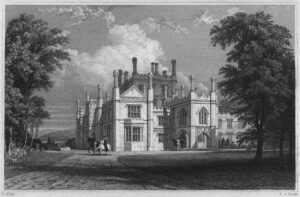
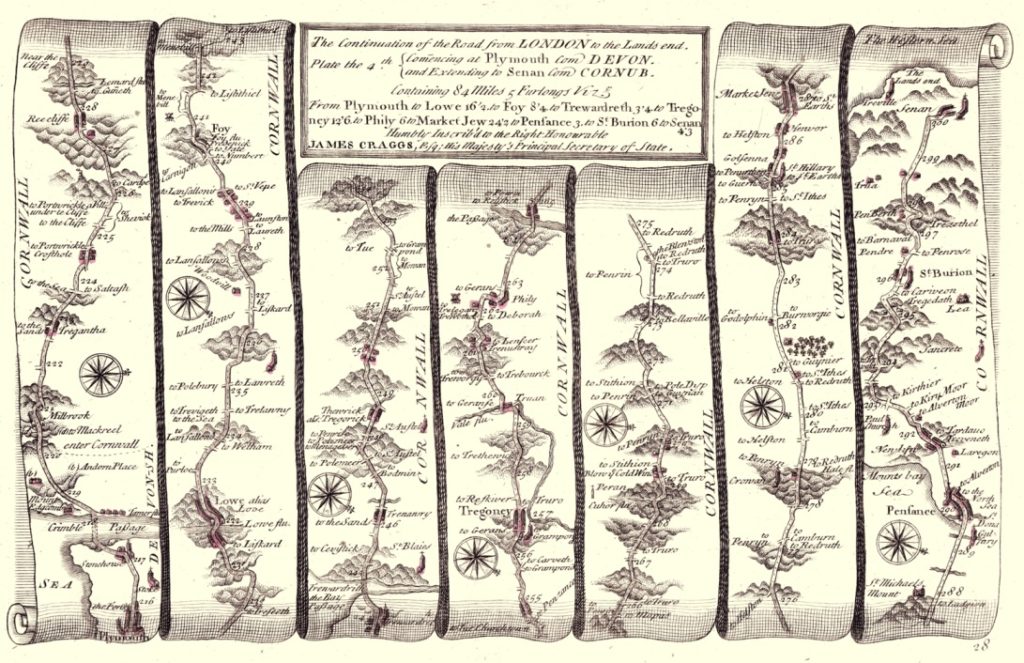
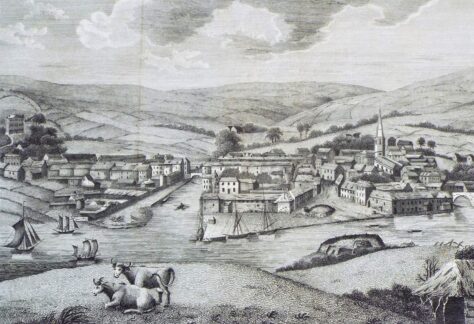
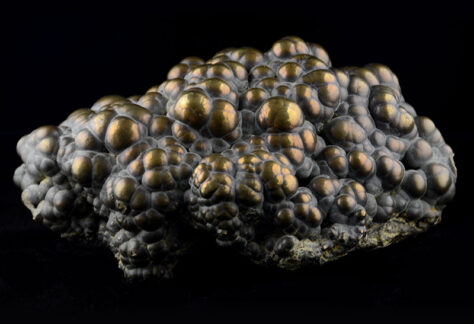
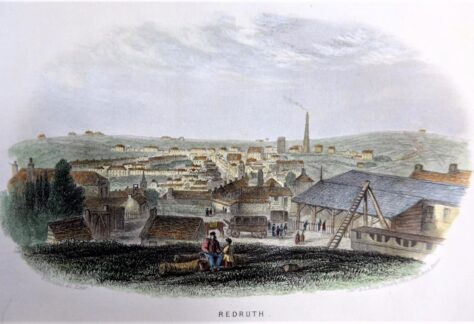
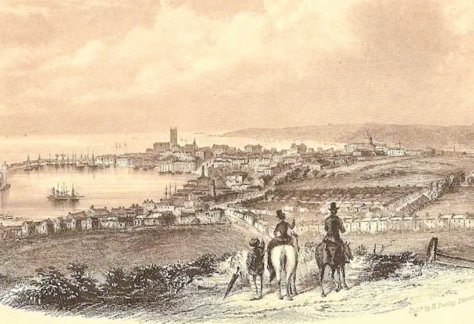
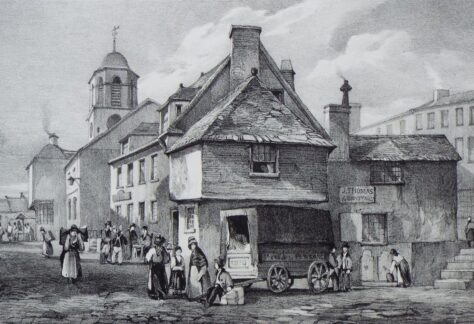
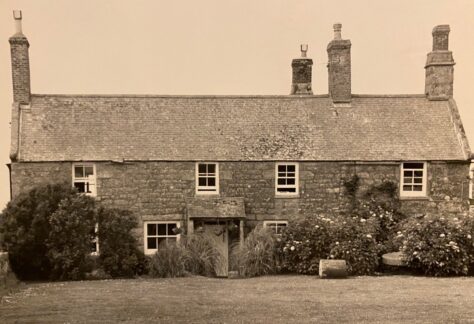
![[105] Voice - Ertach Kernow- 290622A Travels with Celia [S] Ertach Kernow - Travels with Celia Fiennes](https://www.cornwallheritage.com/wp-content/uploads/2022/07/105-Voice-Ertach-Kernow-290622A-Travels-with-Celia-S-239x300.jpg)
![[105] Voice - Ertach Kernow- 290622B Travels with Celia [S] Ertach Kernow - Travels with Celia Fiennes](https://www.cornwallheritage.com/wp-content/uploads/2022/07/105-Voice-Ertach-Kernow-290622B-Travels-with-Celia-S-242x300.jpg)
![[105] Ertach Kernow Heritage Column - 29th June 2022 - Cornish films on the rise Ertach Kernow Heritage Column - 29th June 2022 - Cornish films on the rise](https://www.cornwallheritage.com/wp-content/uploads/2022/06/105-Ertach-Kernow-Heritage-Column-29th-June-2022-Cornish-films-on-the-rise-293x300.png)